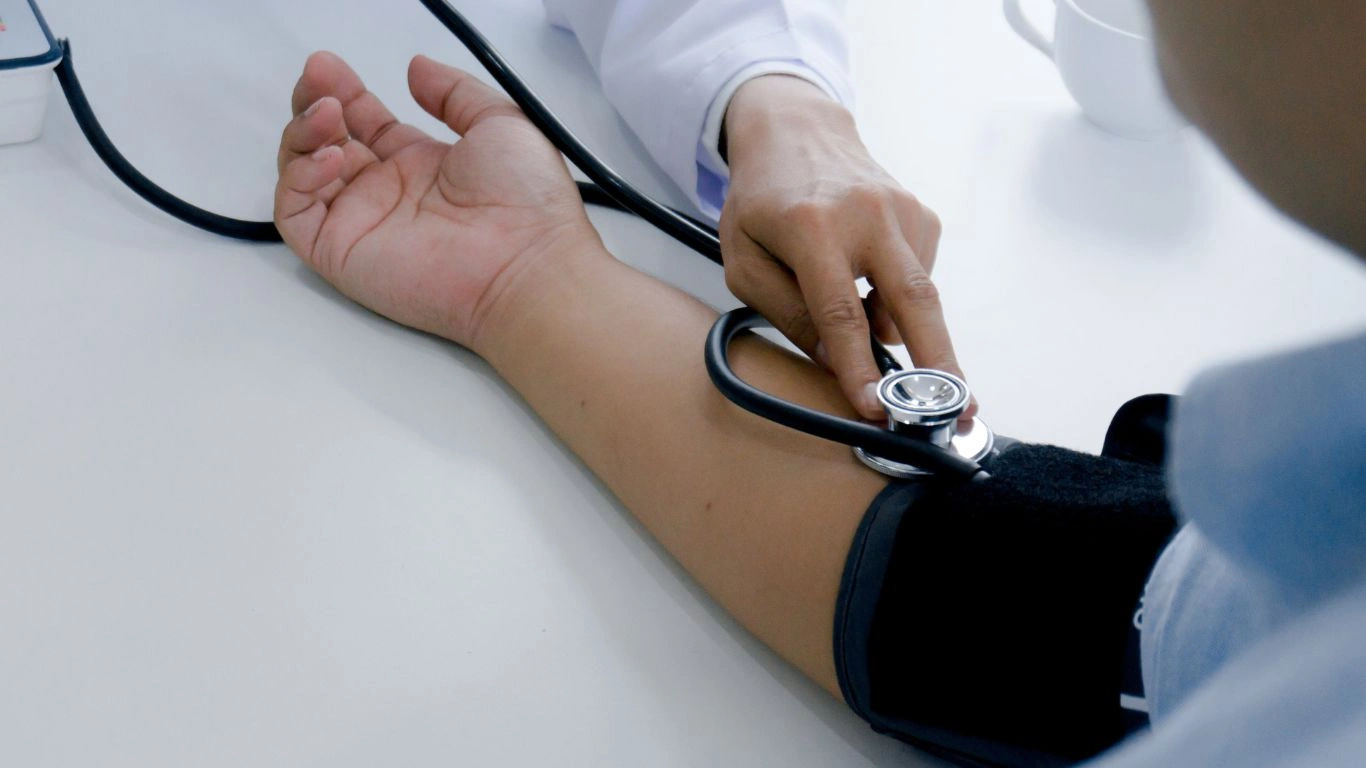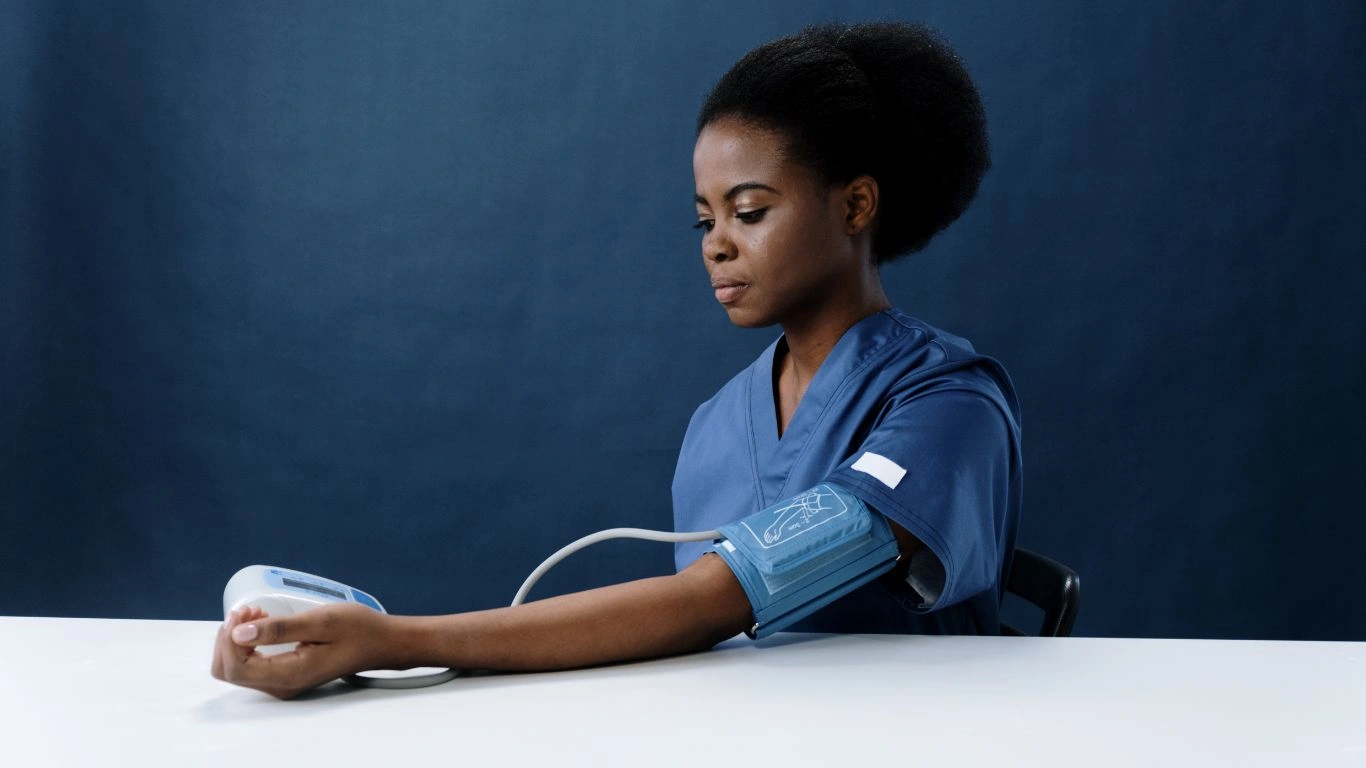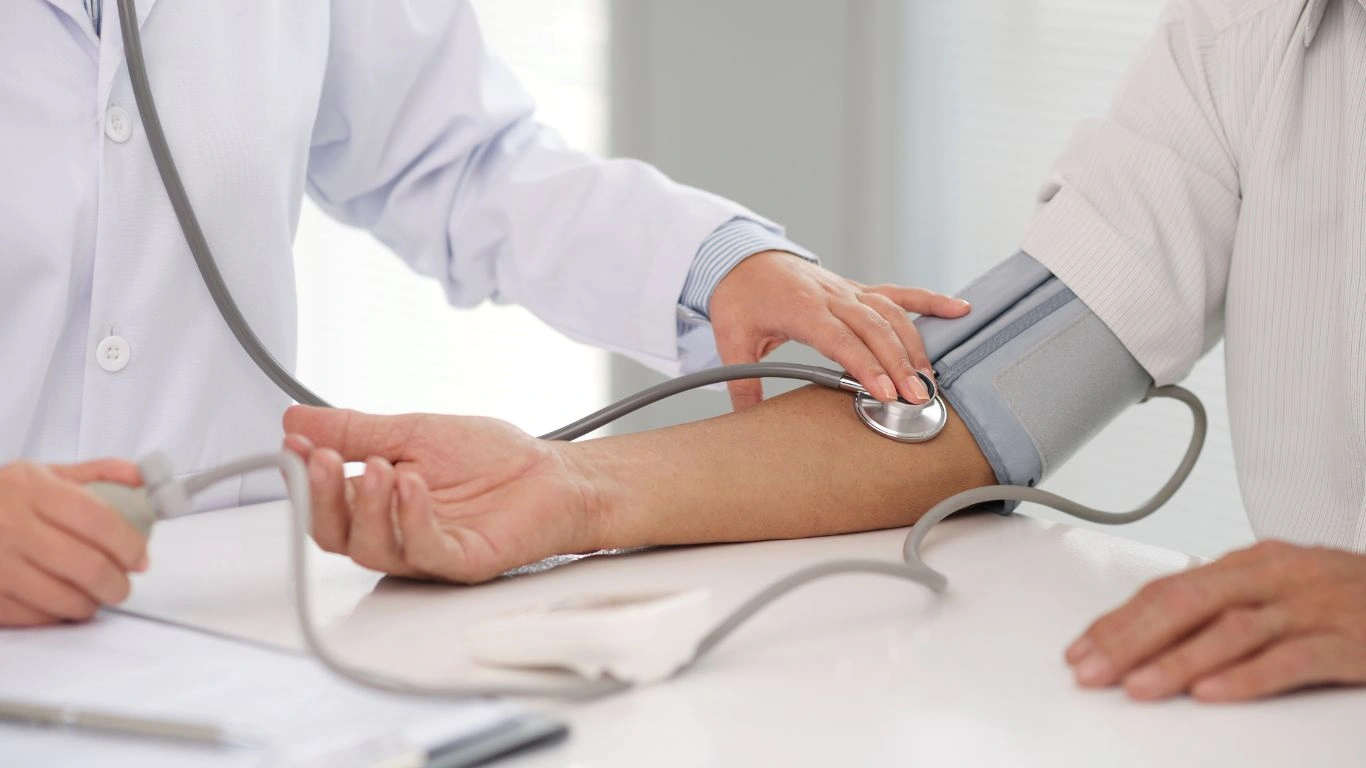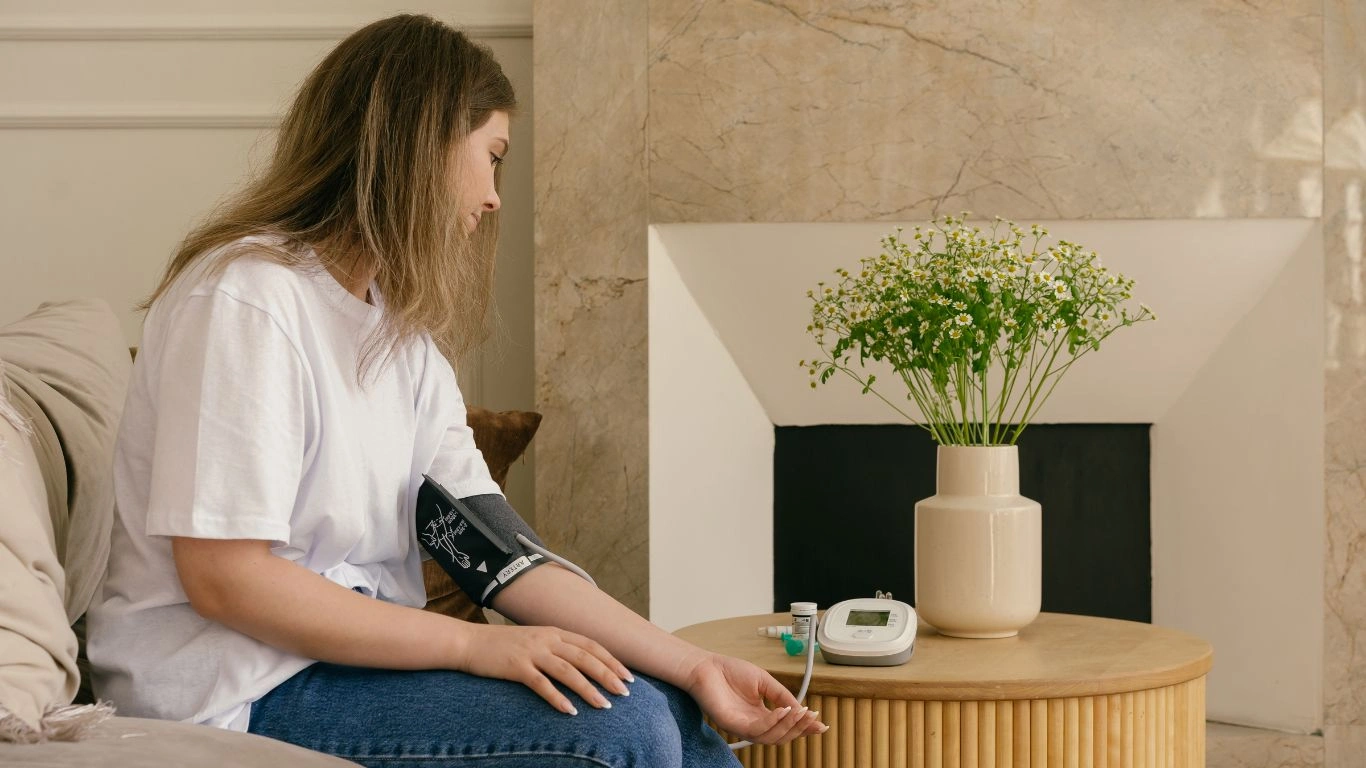Top-Rated Low-Sugar Snacks for Hypertension That Actually Work
Let’s be real for a sec—trying to find the best low-sugar snacks for hypertension can feel like navigating a minefield of misleading labels and empty promises. As someone who’s spent years in Internal Medicine, especially focusing on hypertension management, I’ve had countless patients look at me like I had two heads when I told them to snack smart—not just less. And honestly? I get it. Because most of the so-called “healthy snacks” on the shelves are loaded with hidden sugars and sodium bombs. So today, we’re diving into snacks that won’t spike your blood pressure—or your blood sugar.
Why Snacking Smart Matters When You’re Managing High Blood Pressure

First things first—hypertension isn’t just about cutting salt. It’s about the whole picture: lifestyle, stress, movement, and yes, food choices. And snacks? They’re like the unsung heroes or villains in your day. A salty bag of chips at 3 PM can undo that lovely DASH-friendly lunch you had earlier. And let’s not even talk about those protein bars masquerading as health food with more sugar than a donut.
So how do you snack smarter? It’s all about nutrient-dense, low-sugar, and minimally processed options. Think fiber, healthy fats, magnesium, potassium, and a little protein to keep you going between meals—without the sugar crash or sodium spike. It’s not just about what you take out, but what you’re putting in.
My Go-To Low-Sugar Snack Staples That Actually Taste Good

1. Unsalted Nuts and Seeds
Let’s start simple. A handful of almonds, walnuts, or pumpkin seeds goes a long way. I usually keep a stash in my office drawer. They’re rich in magnesium and potassium—two minerals that help lower blood pressure. Plus, they’re satisfying without the sugar hit.
2. Fresh Veggies with Hummus
This one is a classic for a reason. Crunchy bell peppers, cucumber slices, or even celery dipped in hummus can feel like a treat. Hummus adds fiber and protein, and if you make it at home, you can keep the sodium low. I usually toss a pinch of paprika or cumin on top for a little kick.
3. Hard-Boiled Eggs with a Twist
Don’t underestimate the humble egg. Slice it, sprinkle some everything-bagel seasoning (watch the salt content), and you’ve got a portable protein snack that’s naturally low in sugar and carbs. I often prep a batch on Sundays to get me through the week.
4. Plain Greek Yogurt with Berries
Notice I said plain. Those flavored yogurts? Total sugar traps. Go for unsweetened Greek yogurt and toss in a few fresh blueberries or raspberries. They’re high in antioxidants and have a naturally low glycemic index. Sometimes I’ll mix in a little cinnamon too—it’s surprisingly delicious and supports blood sugar stability.
5. Avocado on Whole Grain Crackers
Avocados are packed with heart-healthy fats and potassium, making them a great choice for managing hypertension. Spread a little on a whole grain or flaxseed cracker, and boom—you’ve got a snack that’s satisfying and supportive of your blood pressure goals.
The Sneaky Sugar and Sodium Traps to Watch Out For

Even as a doc, food labels can make my head spin sometimes. Here are a few things I always tell my patients to look out for:
- “Low-fat” or “diet” snacks: These often compensate by adding extra sugar or artificial sweeteners that mess with your insulin and hunger hormones.
- Packaged protein bars: Unless you’ve read the label top to bottom, you’re probably getting a sugar bomb in disguise.
- Savory snacks like flavored popcorn or trail mixes: These often have way more sodium than you’d think, even if they seem “healthy.”
I usually tell my patients: if it has more than five ingredients, or if sugar is listed in the first three—put it back on the shelf. Trust me, your heart will thank you later.
Smart Snacking Strategies That Support Blood Pressure Goals

Here’s the thing—it’s not just *what* you snack on, it’s also *how* you snack that makes a difference. I always remind my patients that eating with intention is part of managing blood pressure. Grazing mindlessly on even the healthiest snacks can still sabotage your efforts.
Let me share a tip that works wonders for me: portion control. Seriously, I pre-portion snacks into small containers or baggies for the week. That way, I’m not eating an entire bag of almonds during a charting session (guilty of that more times than I’d like to admit!).
Pair Protein with Fiber
One of my golden rules? Never snack on carbs alone. Always pair them with protein or fiber. Think an apple with almond butter, or whole grain toast with a boiled egg. The fiber slows down digestion, and the protein helps you feel full longer—both key to keeping blood sugar and blood pressure stable.
Time Your Snacks Strategically
Snacking too close to meals or right before bed? Not ideal. I typically recommend having a snack mid-morning and mid-afternoon. It keeps energy steady and curbs overeating at main meals. If you’re taking medications for hypertension that might drop your pressure or affect your electrolytes, spacing snacks wisely also helps support your body’s rhythm.
Best Low-Sugar Snacks for Hypertension: What’s in My Fridge Right Now

Alright, let’s get into the real-life, behind-the-scenes look. Here’s a peek at what’s usually stocked in my own fridge and pantry. These are my personal go-to’s—not just because they’re heart-healthy, but because they’re easy, tasty, and actually satisfying.
- Mini bell peppers – Crunchy, sweet, and loaded with vitamin C and fiber. I often pair them with guacamole or hummus.
- Cottage cheese (low-sodium) – High in protein, super versatile. I top it with a few cherry tomatoes or cucumber slices. A little black pepper and dill go a long way.
- Chia pudding – Made with unsweetened almond milk and a few raspberries. The omega-3s and fiber in chia seeds are fantastic for heart health.
- Seaweed snacks – I’ll admit these are an acquired taste, but they’re low in sugar and sodium (when you get the right kind) and packed with minerals like iodine and magnesium.
- Edamame – Steamed and lightly seasoned with garlic powder or nutritional yeast instead of salt. A protein powerhouse with fiber to boot.
Most of these take zero prep or can be made ahead in batches—perfect for busy clinic days or when I’m running between patients and meetings. The easier it is to reach for something healthy, the more likely you’ll actually do it.
Store-Bought Snacks I Actually Recommend (With a Few Warnings)

Now, I get it. Not everyone has the time (or desire) to prep every snack from scratch. So yes, there are some decent store-bought options out there—if you know what to look for. But be warned: marketing terms like “heart-healthy,” “low sugar,” or “natural” can be super misleading.
Better-For-You Packaged Snacks
- Roasted chickpeas – Crunchy, savory, and packed with plant protein. Check the label for added sugars or sneaky sodium, though.
- Plain popcorn – I’m talking air-popped or very lightly salted varieties. Skip the butter-drenched bags.
- No-sugar-added nut bars – Look for ones with less than 5g of sugar and real, recognizable ingredients like oats, nuts, and seeds.
- Veggie chips – Be careful here—some are just potato chips in disguise. I opt for dehydrated kale or beet chips with minimal oil and salt.
I often bring a few of these into the office to keep on hand for my team, especially during those long clinic days. We all need a little support now and then, and it’s way too easy to default to vending machine fare when your energy dips.
As a physician, but also as a human who snacks (a lot), I’ll say this: once you find the low-sugar snacks that actually work for your lifestyle and your taste buds, it gets easier. You stop feeling deprived. You stop seeing snack time as a “cheat” and start using it as a tool. It’s a shift I’ve seen transform my patients’ health—and honestly, it’s helped me, too.
How to Read Snack Labels Like a Pro

This is where things get real. If you’ve ever stood in the grocery store aisle staring at a nutrition label like it’s written in a foreign language, you’re not alone. A lot of my patients feel the same way, and honestly, I did too before diving deeper into this world of food and hypertension.
When I’m evaluating snacks—whether for myself or giving advice to a patient—I use a simple checklist. It keeps things practical and helps cut through the marketing noise.
Quick Label-Check List for Hypertension-Friendly Snacks
- Added Sugars: Keep it under 5 grams per serving. Ideally, zero. Check the ingredients list too—terms like “evaporated cane juice,” “brown rice syrup,” or even “organic agave” are still sugar.
- Sodium: Under 140 mg per serving is the gold standard for “low sodium.” Be especially cautious of “savory” snacks—sodium hides in seasonings.
- Fiber: More is better. Aim for at least 2-3 grams per snack to help regulate blood pressure and blood sugar.
- Ingredients: Fewer is better. If you can’t pronounce it, or it sounds like it belongs in a chemistry lab, put it back.
One patient of mine told me she started snapping photos of labels and texting them to her adult kids so they could learn too. I loved that. Eating for heart health doesn’t just affect you—it’s something that can ripple into your family’s habits too.
Making the Best Low-Sugar Snacks for Hypertension a Routine

The truth? Knowing what to snack on is only half the battle. The other half is setting yourself up for success. Because when life gets busy—and it always does—it’s the habits you’ve built that’ll carry you through, not willpower.
Here’s what’s worked really well for me and my patients:
1. Weekly Snack Prep
I block off 30 minutes on Sundays to prep my go-to snacks. Boil eggs, portion out yogurt and berries into containers, cut up veggies, whip up chia pudding. It’s a small investment that pays off big when I’m hangry mid-day and need something ASAP that won’t blow my blood pressure.
2. Keep Emergency Snacks in Reach
I keep a mini snack stash in my car, my clinic drawer, and even my gym bag. Almond packs, protein pouches, or low-sugar granola bars. That way, I’m not tempted by fast food or vending machines when hunger hits at the wrong time.
3. Rotate to Avoid Boredom
Let’s face it—eating the same snacks every day gets old fast. Every couple of weeks, I’ll mix things up. Maybe I’ll swap hummus for a white bean dip or try making roasted edamame instead of chickpeas. Keeps things interesting and keeps me on track.
Other Lifestyle Tweaks That Support Healthy Snacking Habits
Snacking wisely is just one piece of the puzzle. I always tell my patients that blood pressure management is holistic—it’s about consistent small wins, not perfection. These other habits go hand-in-hand with better snacking:
- Stay Hydrated: Sometimes we confuse thirst with hunger. Keep water or herbal tea nearby and sip throughout the day.
- Limit Caffeine and Alcohol: Both can sneakily raise blood pressure. Try to swap an afternoon coffee for a decaf green tea or sparkling water with lemon.
- Move More: A 10-minute walk after a snack? That’s a simple way to help your body process glucose and keep your blood pressure in check.
- Sleep Matters: Poor sleep increases cravings—especially for salty, sugary snacks. Prioritizing rest supports better decision-making during the day.
Final Thoughts From the Exam Room
I’ve worked with hundreds of people managing hypertension, and if there’s one thing I’ve learned, it’s this: the goal isn’t perfection—it’s consistency. Choosing the best low-sugar snacks for hypertension is about building trust with your own body again. It’s about learning what fuels you, what sustains you, and what keeps you out of the cycle of sugar crashes and blood pressure spikes.
Some days will be better than others. And that’s okay. But the more you can shift your snack habits to align with your health goals, the more empowered—and energized—you’ll feel.
Start with one change this week. Maybe it’s prepping those eggs. Maybe it’s reading one label. Maybe it’s swapping out your granola bar for a handful of almonds. Whatever it is, it’s a step forward—and that absolutely counts.
References
- American Heart Association
- Centers for Disease Control and Prevention
- American Gastroenterological Association
- Harvard T.H. Chan School of Public Health
Disclaimer
This article is intended for informational purposes only and is not a substitute for professional medical advice, diagnosis, or treatment. Always consult with your healthcare provider before making changes to your diet or lifestyle, especially if you are managing a condition like hypertension.

Dr. Gwenna Aazee is a board-certified Internal Medicine Physician with a special focus on hypertension management, chronic disease prevention, and patient education. With years of experience in both clinical practice and medical writing, she’s passionate about turning evidence-based medicine into accessible, actionable advice. Through her work at Healthusias.com, Dr. Aazee empowers readers to take charge of their health with confidence and clarity. Off the clock, she enjoys deep dives into nutrition research, long walks with her rescue pup, and simplifying medical jargon one article at a time.






